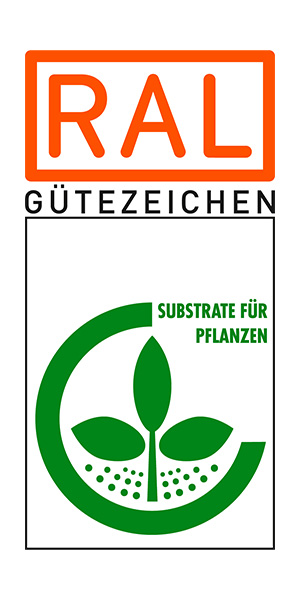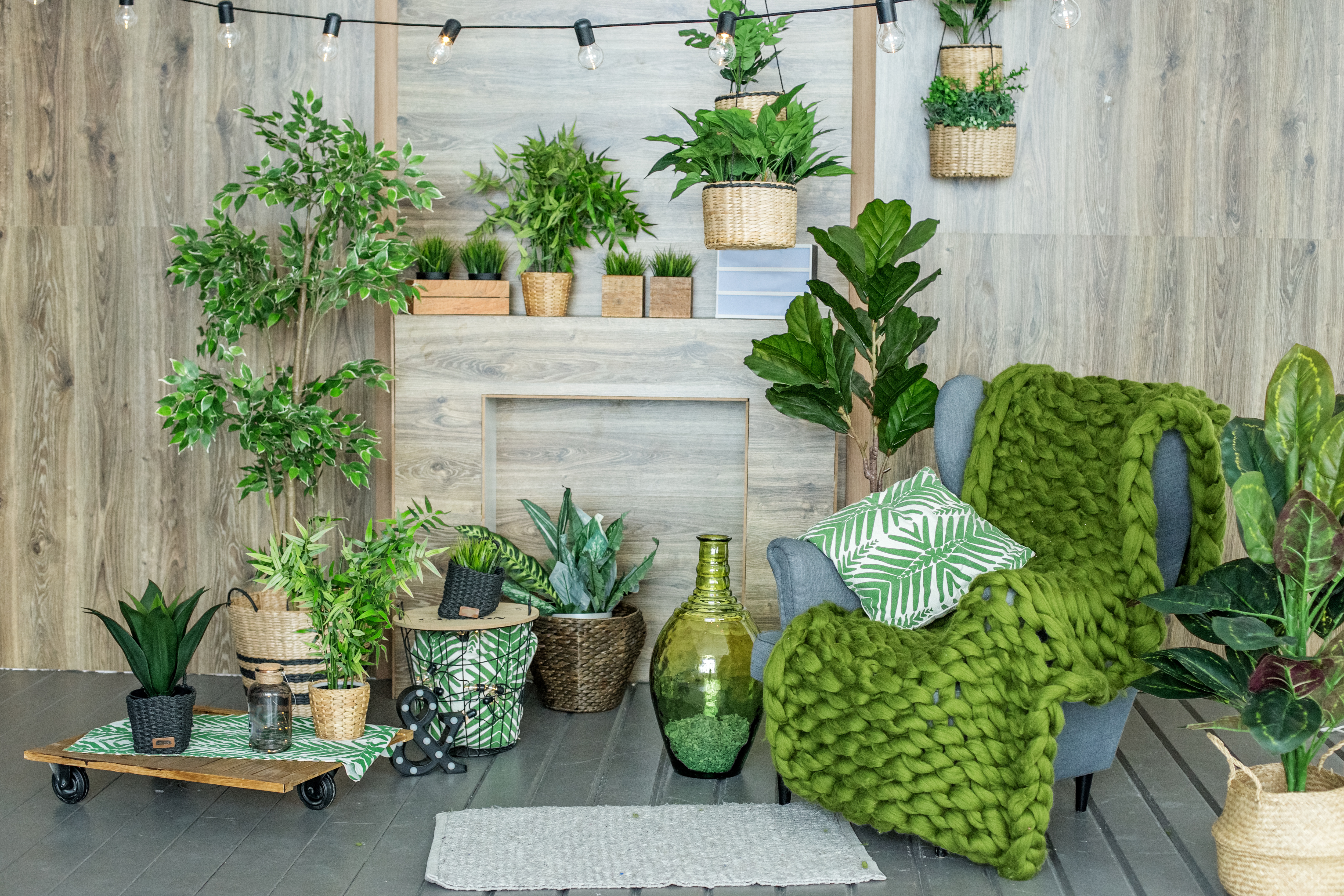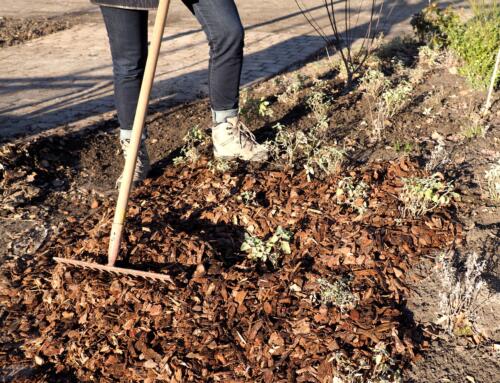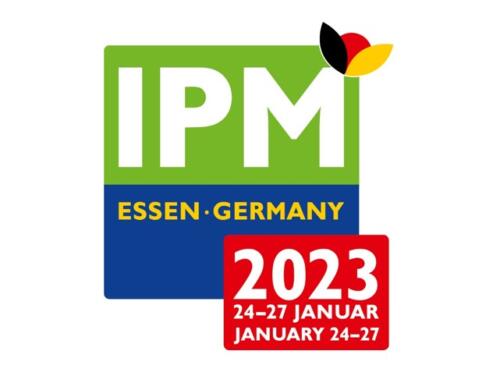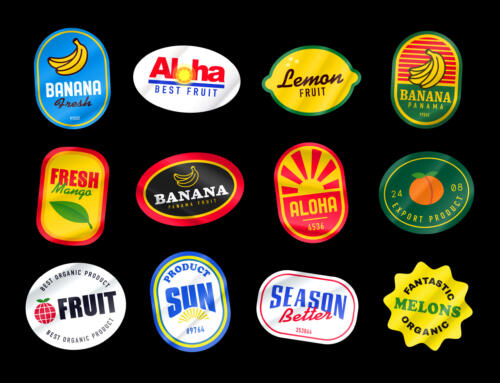Indoor plants appreciate high-quality substrates
Indoor plants are more than just appealing home accessories. Kentia palms, spider plants, orchids …, the green roommates lend a cosy atmosphere even to spartanly furnished rooms and have been proven to improve the indoor climate by producing oxygen, increasing air humidity and, maybe most importantly, filtering dust and pollutants from the air. To unfold their full potential, indoor plants need one thing more than anything else apart from the right location: high-quality substrate. But what makes a high-quality soil mix?
Most plants are left in the same substrate for two to four years before being re-potted. This means that the structure stability of the potting soil is very important. The substrate should not slump as time passes, but continue to provide reliable support to the plant even in the fourth year. Good drainage of water is also a must, because excessive water causes the plant roots to rot and provides ideal conditions for nasty little mushroom flies. That’s why you should never put too much water in at once and, to be sure, you might want to check the cachepot for excessive water a few minutes after watering.
Special-purpose substrates for special green plants
Cactuses, stonecrops (succulents) and orchids are extremely sensitive to excessive moisture, but also to an excess of nutrients. This is why they require special-purpose substrates that drain particularly well and have a low nutrient content. Cactus soil mixes are also suitable for stonecrops. In the wild, the most popular indoor orchids grow on the branches or trunks of trees. For this reason, orchid substrates are made of pine bark (among other ingredients) as it ensures a loose, aerated structure.
There are many indoor plants for which it is a good idea to use special-purpose substrates. For example, indoor azaleas thrive best in soil with a low pH value, such as acid rhododendron and hydrangea soils. Citrus crops require an extra serving of iron if you don’t want their leaves to turn yellow. So buying a citrus soil mix is worth the investment in any case. The same applies to indoor Bonsais: these miniature trees and shrubs have to get by with extremely little soil, so they rely strongly on optimal conditions.
Recognizing quality reliably
In plant nurseries and garden centres, the multi-colour bags of soil mixes are often lined up many metres long. The extensive range doesn’t make it easier to make a choice. The Gütegemeinschaft Substrate für Pflanzen e.V. (GGS) recommends that consumers use a reliable distinguishing mark of high quality when they are looking for the right product: the RAL quality mark. RAL-certified substrates meet all criteria plant experts apply to optimal substrates. They have a permanent stable structure, feature the required capacity for storing water and nutrients and, at the same time, allow enough oxygen to reach the plant roots. Due to high-quality constituents and strict quality inspections carried out by independent labs, they only have tiny deviations in nutrient content or from the optimum pH value and are free from plant-damaging substances.
Purchasing potting soils
Green plant or flowering plant – is distinguishing between them worth the effort?
Although it is not absolutely necessary to use different potting soils for foliage and flowering plants, it does make sense. Based on the nutrients added, the substrates primarily encourage either leaf or flower formation. However, what’s even more important is the overall quality of the potting soils. Gütegemeinschaft Substrate für Pflanzen e.V. (GGS) recommends that consumers only use products that carry the RAL quality mark. By the way: no additional feeding is normally required in the first few weeks after potting or re-potting, because the soil mixes already contain a defined amount of fertiliser. The instructions printed on the packaging tell you when and how to feed the plants after potting.
